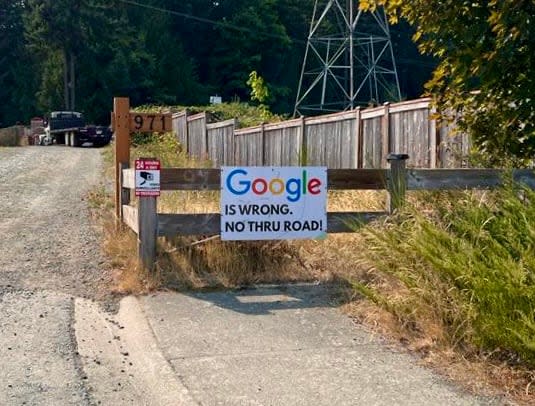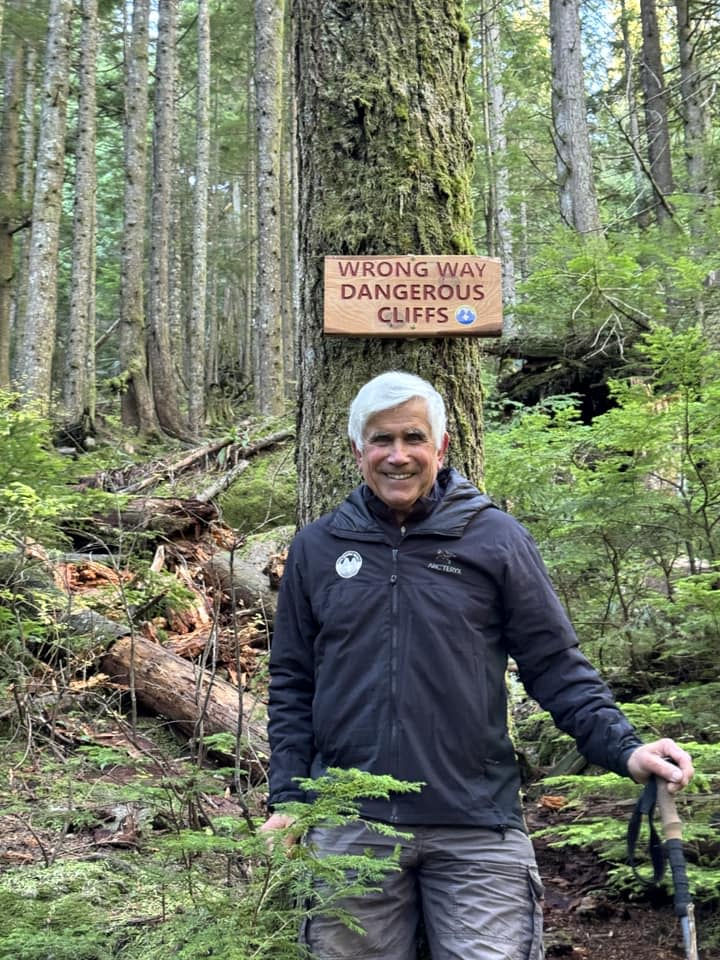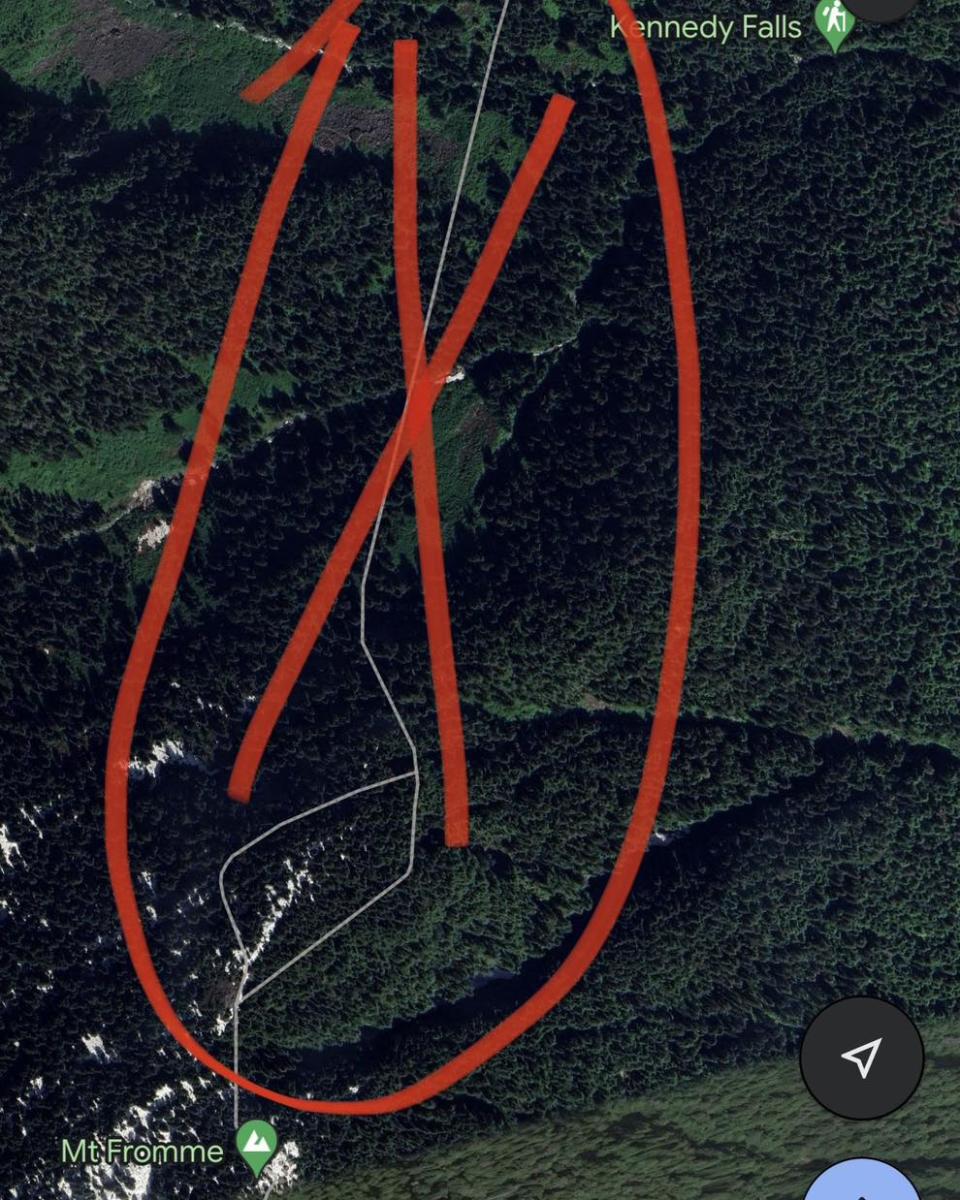When Google Maps gets it wrong, who's to blame? And how do you get it fixed?

North Shore Rescue (NSR) can't say for sure that the appearance of a non-existent hiking trail in the Google Maps app was responsible for all three dangerous and costly search-and-rescue deployments to the steep and heavily-treed terrain on Mount Fromme in the past two years.
What team leader Doug Pope does know for sure is that prior to 2021, the location wasn't at all on the organization's radar.
"In 20 years we've never been called to that area," said Doug Pope. "Then there's three calls in two years."
NSR said the fake trail was reported to Google long before the company removed it. That happened a few days after the most recent helicopter rescue of a stranded hiker on Nov. 4.
Another man in distress was pulled out of the same area on Sept. 20. A third fell to his death in 2021.
CBC requested an interview with Google to find out how the trail appeared in the app in the first place. The company responded with an emailed statement from Google Canada corporate communications spokeswoman Luiza Staniec.
"We use a variety of sources to update Google Maps, including third party information, imagery and feedback from our community," wrote Staniec. "We're happy to hear the heroic efforts of the North Shore Rescue team ensured the hiker's return to safety."

North Shore Rescue's Wally Kerchum poses in front of a sign erected to warn people away from a non-existent trail that appeared on Google Maps. (submitted by Doug Pope)
Online the tech giant says it collects location information of users and combines it with data from licensed organizations to produce maps. There is a link for users to report mistakes in the app.
Mapping software expert Will Cadell said issues like the one on the North Shore are often related to poor data combined with the sheer enormity of the application.
"The problem is because these mapping applications are so vast in their density and coverage of the globe, it's actually very hard for Google and organizations like Google to check the quality of every single feature on that map," he said.
Stories of Google Maps gone wrong are many.
For years cars have been coming up Ron Vanderplas's private driveway in Ladysmith on Vancouver Island, about a 90-kilometre drive north from Victoria, the drivers following bad Google Maps directions that say it is a public road leading to a soccer field.
Last year Vanderplas erected a colourful sign in the driveway reading, "Google is wrong. No thru road!"
"We have tonnes of people come through," he said. "Especially when they are visiting [soccer] teams. They put in the address, and it steers them right up our driveway.
"Most of them are polite and they realize they made a mistake ... but then you get the odd one that just comes ripping through, upset that they were steered wrong."

The non-existent trail displayed by Google Maps has now been removed, according to North Shore Rescue. (North Shore Rescue/Google Maps)
Vanderplas said on the worst days, he'll get 15-plus wayward drivers on his property. Despite registering the mistake with Google countless times over the years, the error endures.
Others have found a solution to their Google Maps frustration by recruiting Cadell and his company, SparkGeo, to prove to Google its mistakes.
One successful campaign involved an app error that showed the entrance to Fort George Canyon Provincial Park near Prince George on the wrong side of the Fraser River.
"There was this gentleman who was constantly having to repoint individuals to really quite a long detour to get to the entrance of the park. So we eventually managed to persuade Google to show the entrance in a different way, but it took years," he said.
Like Vanderplas, North Shore Rescue has taken the low-tech step of installing a large sign at the site of the phantom trail, warning people "wrong way, dangerous cliffs."
Cadell said the lesson is that Google Maps and similar apps have their limitations.
"Basic quality is a really interesting question throughout the mapping world. You'll find weird errors all over the place when you start looking for them," he said. "I think it's classic buyer beware."


